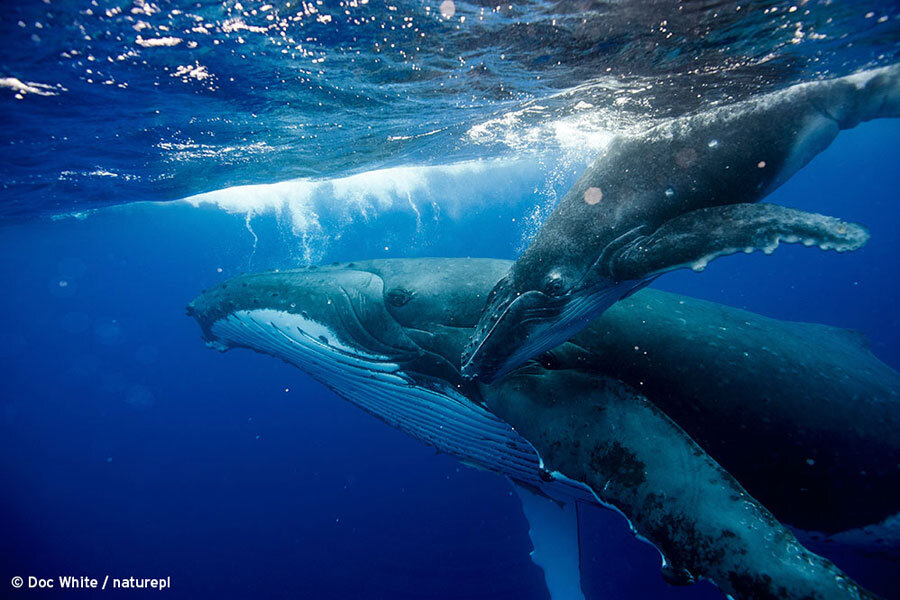Why are there whale fossils in California mountains?
Loading...
Construction workers in California's Santa Cruz mountains were subject to a surprise delay last week when a team of archaeologists took over the site to remove an ancient whale fossil.
The project site was expected to have a high potential for archaeological finds, so a monitor was assigned to the Scotts Valley development and found the fossil amid construction vehicles on Sept. 4.
This project site is not the only one in California with fossils, Matthew Clapham, a paleontologist at the University of California-Santa Cruz, told the Santa Cruz Sentinel. Those digging along the California coast can often find smaller marine fossils as well as shark teeth. Since the 19th century, paleontologists have been studying the “Sharktooth Hill Bone Bed” near Bakersfield, California, where fossils and bones of ancient whales, seals, dolphins, sharks, and fish have been uncovered.
Archaeologists and paleontologists assigned to the project were pleased to find the fossil relatively intact, with pieces of the skull, jaw, shoulder blades, arm bones, and vertebrae.
“I think of the fossils you get along the coastline, it’s more common to get a piece of the skull or the brain case or some bones,” Clapham explains. “So this sounds like a very impressive find.”
Using archaeological tools Thursday, a team of excavators worked to unearth the remains. The team had to work slowly and carefully to keep the fossil intact, Scott Armstrong, a paleontologist with the Los Angeles County-based archaeological consulting group Paleo Service, told the Sentinel.
“If the bone is softer than the rock, it makes it very difficult because it’s hard to chip through the rock without breaking the softer bones, but we’ll get it,” he adds.
To keep the fossil in pristine condition, archaeologists dug around the whale before encasing the bones in plaster. The plaster mold will allow the fossil to be safely transported to Paleo Solutions’ office in Monrovia, California, where it can be further excavated.
But how did the whale get in the mountains in the first place?
The fossils are believed to have traveled from the water to the hills by natural events such as earthquakes or tectonic plate shifts. California is no stranger to these events, and the state’s complex fault lines “ensure the earth is always moving [so] ancient rock is constantly being thrust to the surface.”
“Most places where you see a hill, somewhere there’s a fault line nearby pushing it up,” Armstrong explains to the Sentinel. “They’re relatively inactive faults. But yeah, it's from lifting thousands, maybe millions of years ago.”
At 25 feet long, the archaeologists assigned to the project believe the remains belong to a mysticete whale, an ancient ancestor of the baleen whale. Armstrong and his team estimate the whale could be 4 million years old.
“That’s an interesting time in whale evolution,” explains Clapham. “A lot of whales were starting to evolve from their early ancestral group so this specimen, depending on how complete it is, could say a lot of interesting things about the evolution of whales.”







